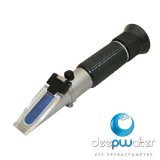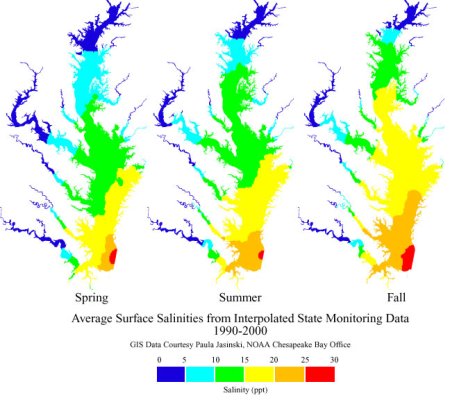mbevins
Guru
We purchased a condo earlier this year in Ft. Myers. It's on a creek that empties into the Caloosahatchee River between US 41 and I-75.
I'll be putting the center console in the water this week. This is obviously a brackish area which leads to my question. How do I find out the level of salt in the water and thus whether I should flush the engine every time I use it. Is there a chart somewhere showing this?
I've asked a couple of boaters in the marina but have gotten conflicting information.
I'll be putting the center console in the water this week. This is obviously a brackish area which leads to my question. How do I find out the level of salt in the water and thus whether I should flush the engine every time I use it. Is there a chart somewhere showing this?
I've asked a couple of boaters in the marina but have gotten conflicting information.





